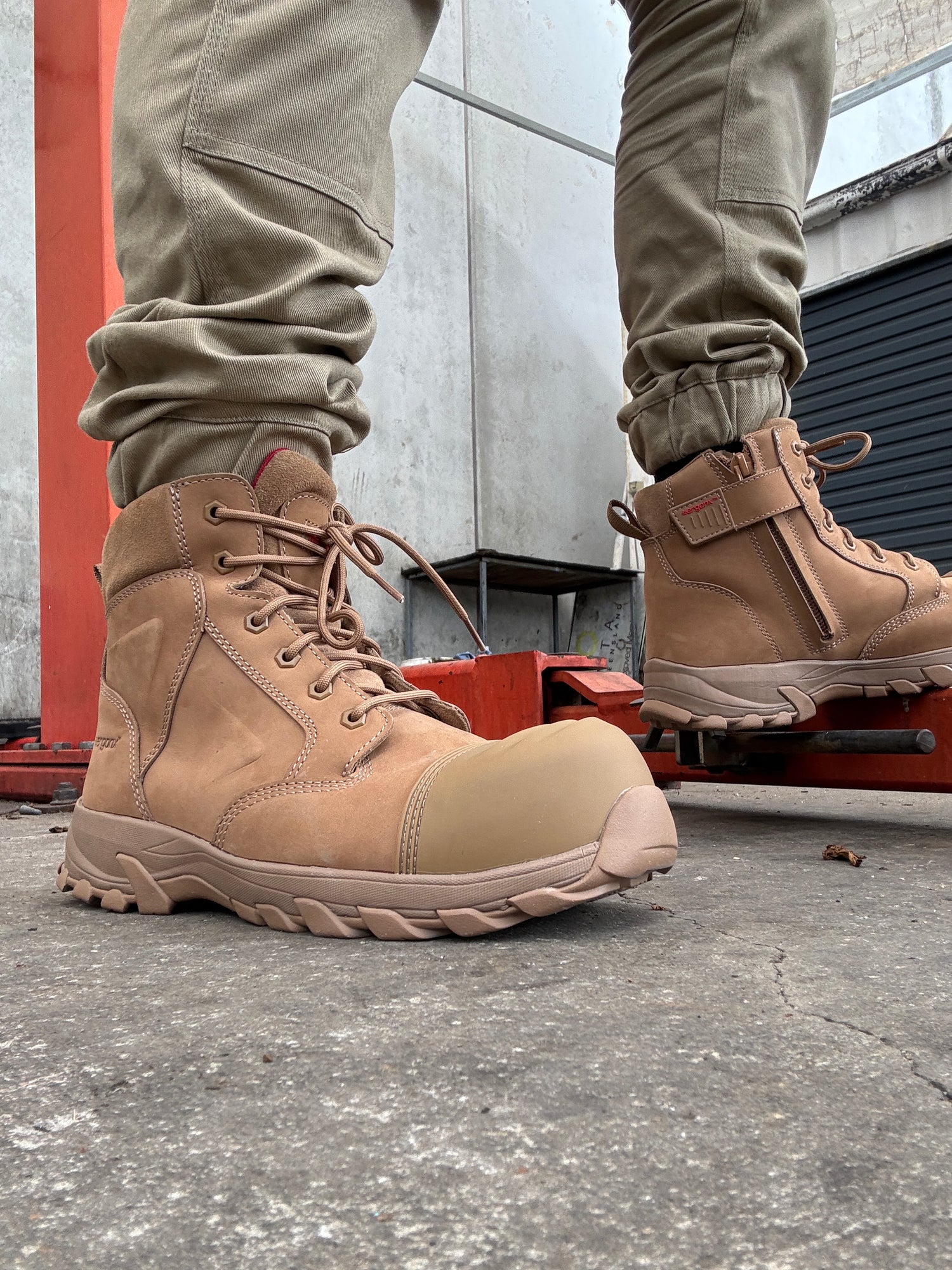Table of Contents
How does diabetes affect the feet?
Compared to the general population, it is more common for people with diabetes to develop foot problems. This is due to fluctuating blood sugar levels that can cause damage to the nerves and blood vessels of the feet. This nerve damage is called diabetic neuropathy and it can cause tingling, numbness, and a loss of feeling in the lower extremities. As a result, people with diabetes are less likely to realize when they have an injury, ulcer, or wound that could get infected. In severe cases, this can lead to gangrene or even amputation.

What is a diabetic shoe?
All diabetic shoes are aimed at reducing irritation and decreasing the workload on the feet. They are made with special constructions and materials that accommodate for conditions, including neuropathy, poor circulation, and other deformities, such as bunions or corns. Diabetic footwear decreases the risk of developing foot sores by minimizing friction and pressure on the feet.
What to look for in a shoe if you have diabetes
Diabetic shoes are specifically designed to address foot conditions that are more common in people with diabetes. The best shoes for diabetics include the following features:
- A non-binding upper: This is to minimize the amount of pressure coming down on the feet. It also stretches to match the contours of the wearer’s feet, allowing for free and unrestricted movement. Diabetes can change the shape of a person’s feet, and patients with diabetes are at a higher risk of developing retracted (pulled back) toes. A flexible upper will protect the toes without binding them down.
- Seamless construction: Seams along the inside of a shoe can create irritation as they rub against the foot. With repeated motions, such as walking and running, this irritation can become even more pronounced.
- Velcro fastening: Relative to lace-ups, shoes with a Velcro fastening system are much easier to put on and take off. In addition to the convenience, shoes with Velcro allow for a more customizable fit.
- A firm heel counter: A firm heel counter helps to provide rearfoot stability. It cushions the back of the foot for added comfort and prevents heel slippage so the feet stay put.
- Removable orthotic insoles: Shoes with removable orthotic insoles allow the wearer to personalize the depth of the shoe so that it accommodates their foot properly. Insoles also offer an extra degree of shock absorption and support that can mitigate foot pain.
- A slip-resistant outsole: Non-skid soles are necessary for providing balance and preventing falls. They are invaluable for individuals who work on uneven or slippery surfaces.
- A cushioning midsole: The function of a midsole is to provide support and cushioning. It should be made of a material that is lightweight but also durable and shock-absorbing. EVA foam is lighter than rubber and makes for a great midsole material.
Diabetic shoes: our recommendation
In terms of suggestions, we highly recommend the Instride Aerostride Shoe. It has a seamless lining and anti-microbial shield that keeps feet dry and comfortable. It also features a slip-resistant outsole, moulded heel counter, and a high-quality full-grain leather upper.

Have some more questions?
Please feel free to comment below or reach out to our team at docpods.com/au with any questions you may have about foot health, supportive footwear, and diabetic shoes. We would love to hear from you!


